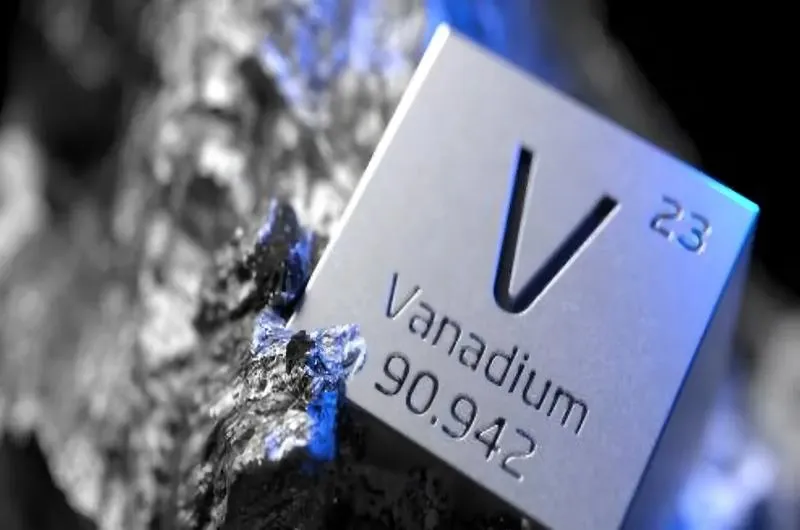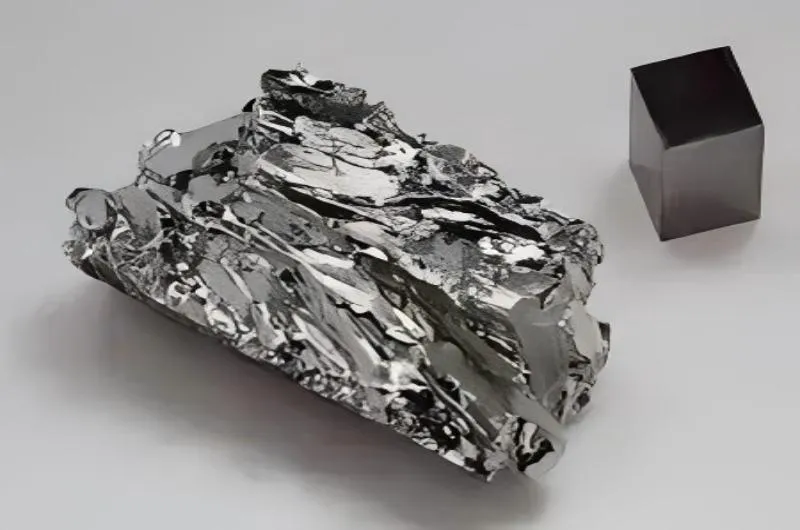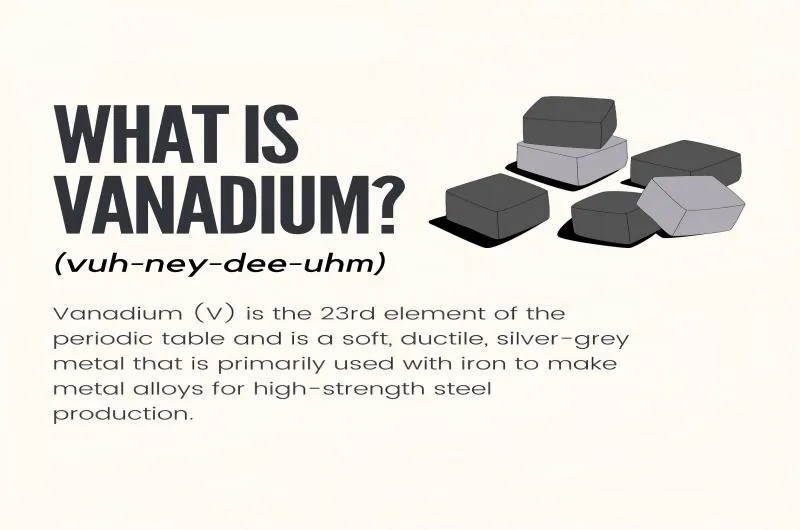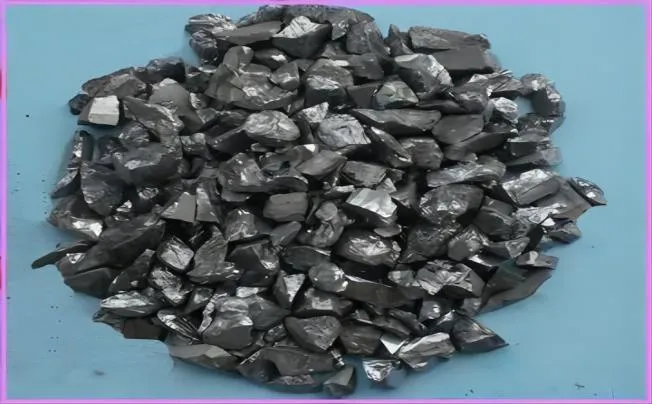BY  GENN
GENN
2024/05
Blog
What Is the Difference Between Manganese 4 Oxide and Manganese Dioxide?
Manganese Dioxide (MnO2)
Manganese dioxide, with the chemical formula MnO2, is a well-known inorganic compound that belongs to the group of oxides of manganese. It is composed of a manganese atom bonded to two oxygen atoms in a tetragonal crystal structure.
The arrangement of these atoms forms a lattice-like pattern, giving manganese dioxide its characteristic properties. The manganese ions in MnO2 exhibit an oxidation state of +4, making it one of the most stable forms of manganese oxide.
Manganese dioxide boasts an array of fascinating properties that make it a valuable substance in various industries. This compound is renowned for its catalytic activity, especially in redox reactions and organic synthesis processes.
Additionally, manganese dioxide exhibits excellent electrical conductivity, which makes it indispensable in the production of dry cell batteries as a cathode material. Its high durability and resistance to chemical corrosion further enhance its utility in applications ranging from water treatment to pigment manufacturing.
In nature, manganese dioxide occurs abundantly as the mineral pyrolusite, found predominantly in sedimentary deposits around the world. This mineral plays a crucial role in biogeochemical cycles by acting as an oxidizing agent for various organic matter transformations.
Manganese 4 Oxide (Mn2O4)
Manganese 4 oxide, with the chemical formula Mn2O4, is a fascinating compound characterized by its unique composition and intricate structure. Unlike manganese dioxide, which contains manganese in the +4 oxidation state, manganese 4 oxide consists of two manganese ions, each in the +3 oxidation state.
The crystal structure of manganese 4 oxide is intricately arranged in a way that showcases its dimeric nature. The two manganese ions are bridged by oxygen atoms, forming an interconnected framework that exhibits both covalent and coordination bonds.
This arrangement imparts stability to the compound while allowing for flexibility in certain reactions.
Manganese 4 oxide possesses intriguing physical and chemical properties that make it a valuable material for diverse applications. In terms of physical properties, this compound typically appears as dark brown or black crystals with a metallic luster. Its density, melting point, and hardness contribute to its suitability for specific industrial processes where durability and stability are essential.
Additionally, manganese 4 oxide exhibits magnetic properties due to the presence of unpaired electrons within its molecular structure. In electronics, this compound serves as a component in certain types of batteries due to its electrical conductivity and stability under high temperatures. In catalysis, manganese 4 oxide acts as an efficient catalyst for oxidation reactions due to its redox-active nature, enabling targeted transformations in organic synthesis processes.
Oxidation States: A Window into Chemical Behavior
Manganese Dioxide (MnO2) showcases manganese in its +4 oxidation state, reflecting its role as a strong oxidizing agent. In this compound, each manganese ion is surrounded by four oxygen ions, forming a tetragonal crystal structure. The +4 oxidation state means that manganese is more likely to lose electrons to other atoms, making it a key component in redox reactions and catalytic processes.
This distinctive feature of manganese dioxide influences its reactivity and utility in various applications. On the other hand, Manganese 4 Oxide (Mn2O4) presents a different scenario with manganese ions existing in both +3 and +4 oxidation states within its crystal lattice. This mixed oxidation state structure contributes to the unique properties of Manganese 4 Oxide, allowing for versatile chemical interactions and electronic properties. The presence of both lower and higher oxidation states enhances the compound’s reactivity range, enabling diverse functionalities across different industrial and research settings.
Crystal Structures
In terms of crystal structures, Manganese Dioxide typically adopts the rutile structure, characterized by octahedral coordination around each manganese ion with oxygen atoms at the corners of the unit cell. This arrangement imparts stability to the compound while providing specific pathways for electron transfer during redox reactions.
The well-defined crystal lattice of Manganese Dioxide influences its physical properties and facilitates controlled applications in energy storage devices like batteries. Conversely, Manganese 4 Oxide features a spinel structure where one-eighth of the metal ions occupy tetrahedral sites while half occupy octahedral sites within the cubic, close-packed oxygen lattice.
This structural configuration offers high thermal stability and electrical conductivity due to the arrangement of metal-oxygen bonds within the crystal framework. The distinct crystal structure of Manganese 4 Oxide underpins its suitability for diverse industrial uses, such as magnetic materials and catalysts.
Applications
The unique oxidation states and crystal structures of Manganese Dioxide make it an essential component in batteries, particularly alkaline cells where it serves as a cathode material. Its ability to undergo reversible reduction-oxidation reactions enables efficient energy storage solutions vital for portable electronics and renewable energy systems.
Additionally, manganese dioxide finds applications in water treatment processes due to its oxidative properties that facilitate pollutant removal through chemical reactions. In contrast, manganese-4 oxide finds extensive use in magnetic materials such as recording media for hard drives owing to its distinctive electronic configurations resulting from mixed-valence states.
Furthermore, this compound exhibits promising catalytic activity in organic synthesis reactions, where electron transfer processes play a crucial role. The versatile applications of manganese-4-oxide underscore its significance in advancing technological innovation across various industries.










